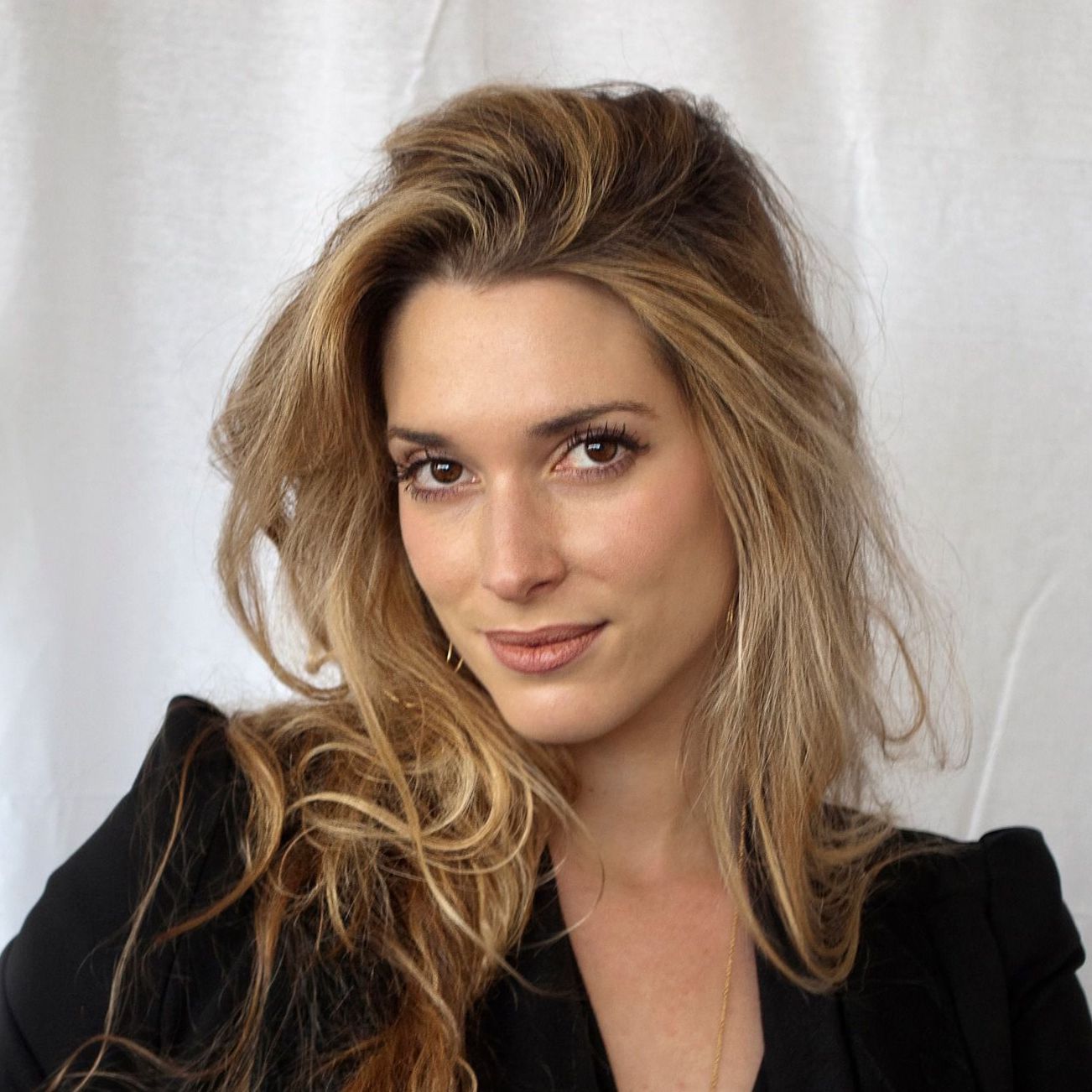Eve Annenberg’s “Romeo and Juliet in Yiddish” is a film full of tricky contradictions.
As its title suggests, it is a celebratory showcase of Yiddish language, with about half its dialogue spoken in Yiddish, with English subtitles. A fact that also happens to fuel Anneberg’s big marketing ploy: “I’m coming to L.A. a week early to literally go around to Jewish senior centers and talk them into getting their people to the theater,” she said during a phone interview the week before the film’s Los Angeles premiere on May 11.
Who says pride is a sin?
“Other Yiddish films will come down the pike,” added Annenberg, who attended Julliard and Columbia University’s film school, “but I think people might say ‘Romeo and Juliet’ was the first to use this much colloquial Yiddish in modern narrative in more than 50 years.”
Efforts to revive the Yiddish language and culture have been on the increase in recent years, but usually not at the expense of other aspects of Jewish culture. “Romeo and Juliet” may be Annenberg’s “love song to Jewish culture,” but it is also a kind of angry lament at Brooklyn’s ultra-Orthodox community.
“For the longest time, I was a little bit anti-Orthodox. Sexist, racist, anti-Zionist; I was just like ‘they [stink]’,” Annenberg told Heeb magazine in January 2011. Her feelings are undisguised in her film. “Fraud,” one subtitle declares, is a “Hassidic family business.”
In one scene, a payot-sporting, black-hat wearing Yeshiva bocher fakes being crippled to beg for money. Later, he removes his fake peyot and is shown smoking a joint as a naked African American girl crawls out of his bed.
The celebration of one culture; the denigration of another.
The film’s milieu, which divides the reputed shadiness of the religious community from “normal Brooklyn,” where people do things like read Shakespeare, is bound to offend. But its edginess is all the more provocative, since much of it is based on truth.
Several years ago, Annenberg was walking down Fifth Avenue in New York one night and found herself bewitched by the sound of music emanating from the Millinery Synagogue on 6th Avenue and 39th Street. She was invited upstairs to a mysterious party called Chulent, organized by Yitzchak Schonfeld and designed to accommodate the “narrow margins where secular and [Ch]aredi, atheist and Chasidic, deepest depths and most foolish foolery, overlap,” according to the Web site neohasid.org. In simpler terms, the late-night party “basically is a drop-in lounge for folks that have traveled (or strayed) from the Chasidic world.”
For Annenberg, it was the only social activity in New York that ran late enough to allow her to first put her dying mother to bed. “That’s how I met them,” she said of the young, former Orthodox men and women who conversed mostly in Yiddish — though they also spoke Hebrew, Aramaic and English (“in that order”), which they had learned in their yeshiva studies. For various reasons, they had all broken away from the Orthodox community to try to make their way in the secular world; but for some, it was easier dreamed than done. With virtually no secular-world skills, many resorted to petty scams as the easiest way to make a living.
Then they met Annenberg.
The 40-something filmmaker was so taken with the young Yids, she hatched the idea to make a movie in Yiddish. “I’m a shallow girl,” she said. “I would look at these guys dressed in their Orthodox gear and think, ‘Ohmigod, look how beautiful they are.’ ” The most famous love story in Western culture seemed a natural fit, not to mention the uncanny cultural parallels — naive youth, rigid families, communal feuds and arranged marriages.
Annenberg recruited a small group to help her translate “Romeo and Juliet” into Yiddish (she deemed a translation from the 1930s too outdated). Then she hired them as actors. Their absolute inexperience with Shakespeare so fascinated her, she taped the translation sessions and made them a subplot in the film. “It was like something out of a Jewish version of ‘Hair,’ ” she said.
But when she posted the excerpts from the sessions on Vimeo, a local Orthodox blogger was so aggressively outraged, one of her actors dumped the tapes out of shame.
“They were so fascinating,” Annenberg said of the Shakespeare sessions. “Their excitement over the material and the fun of it. But in the ultra-Orthodox world, men and women don’t socialize the way we were socializing; we’d sit and talk and study together, and I think that was discomfiting.”
The actors who play Romeo and Juliet in the film even had a real-life romance — their first. The entire film was shot in 30 days for $175,000, and it won an audience award when it premiered at the Berlin Jewish Film Festival last year. Now, several of the formerly floundering ex-Orthodox are pursuing film careers.
But the journey wasn’t entirely blessed. In the middle of the shoot, Annenberg was diagnosed with an aggressive form of breast cancer, had a double mastectomy on a Wednesday and returned to the editing suite the following Monday.
“I was really, really lucky,” she said.
Perhaps God liked her movie, I suggested.
“Or not,” she joked. “I can’t tell you how many Orthodox Jews told me, ‘If only you had kept the Sabbath’ … if only you hadn’t played ‘Avinu Malkeinu’ during the love scene!’”
“Romeo and Juliet in Yiddish” opens May 11 in Los Angeles.





















 More news and opinions than at a Shabbat dinner, right in your inbox.
More news and opinions than at a Shabbat dinner, right in your inbox.